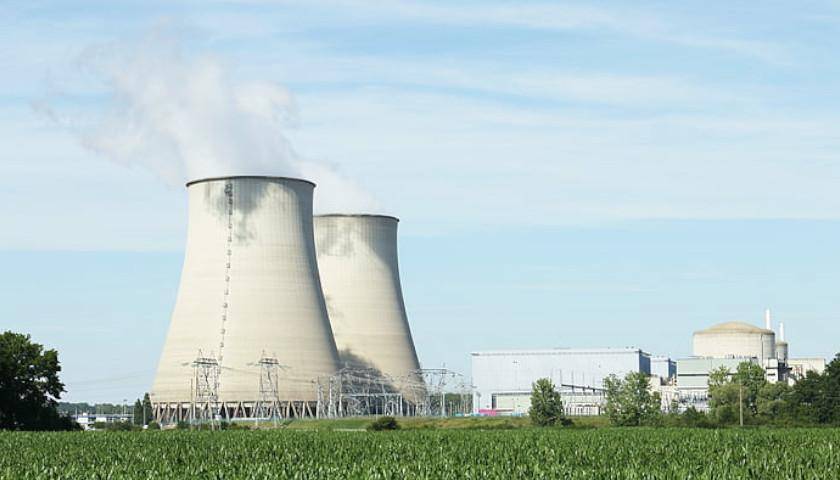If the delusional but dead serious demands coming out of the international climate crisis community are to be believed, and as documented in the earlier two segments of this report, achieving universal energy security in the world will require wind energy capacity to increase by a factor of 60, while solar capacity increases by a factor of 100. The mix between wind and solar can vary, of course, but the required overall increase is indisputable. As noted in Part One of this report, that would be a very best-case scenario, where extraordinary improvements in energy efficiency meant that total energy production worldwide would only have to increase to 1,000 exajoules per year, from an estimated 600 exajoules in 2022.
Read MoreTag: CO2
Commentary: A Clean Future Does Not Exist Without Nuclear Energy
On the heels of the United Nations Climate Change Conference in Dubai, it’s clear that nuclear energy’s role in achieving a clean energy future cannot be overlooked or understated.
At COP28, we heard from dozens of top minds in-person and from afar who echoed the same message: Transitioning to cleaner energy sources cannot come at the price of an unreliable power supply, and that is where nuclear energy comes in. Not only is it a reliable, proven technology, but it is also clean, producing zero carbon emissions. Already, the United States’ 94 nuclear power reactors generate around 18% of all U.S. electricity.
Read More

